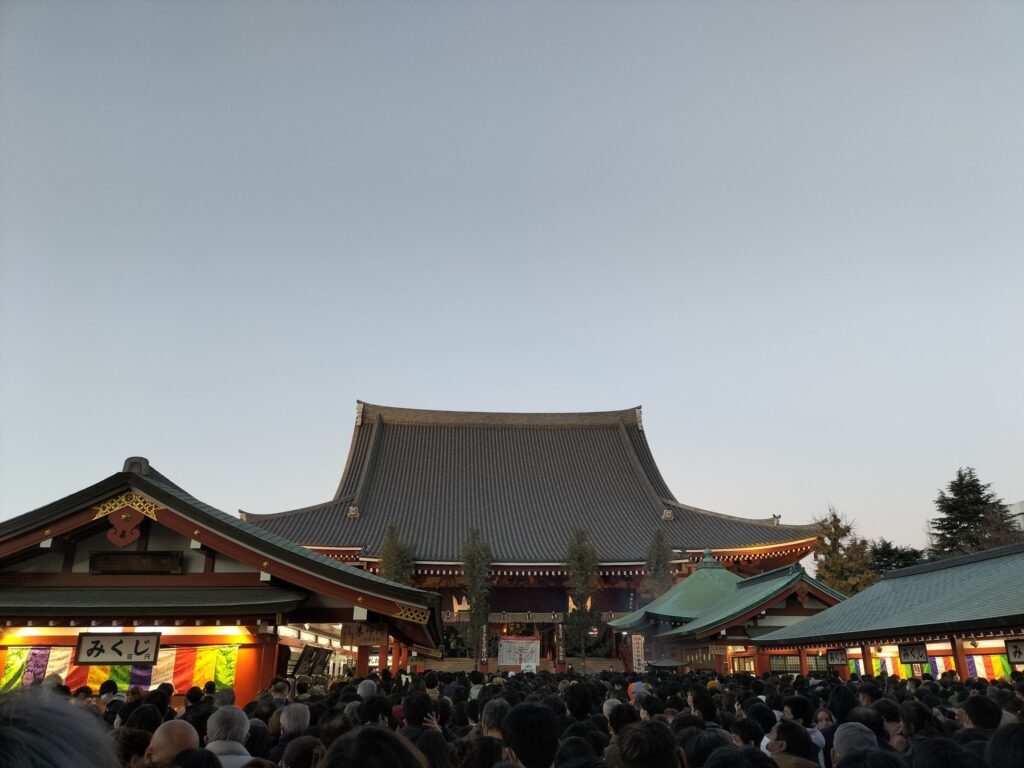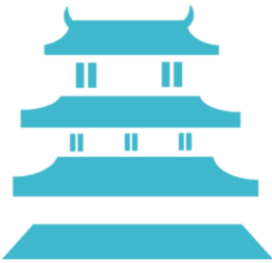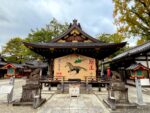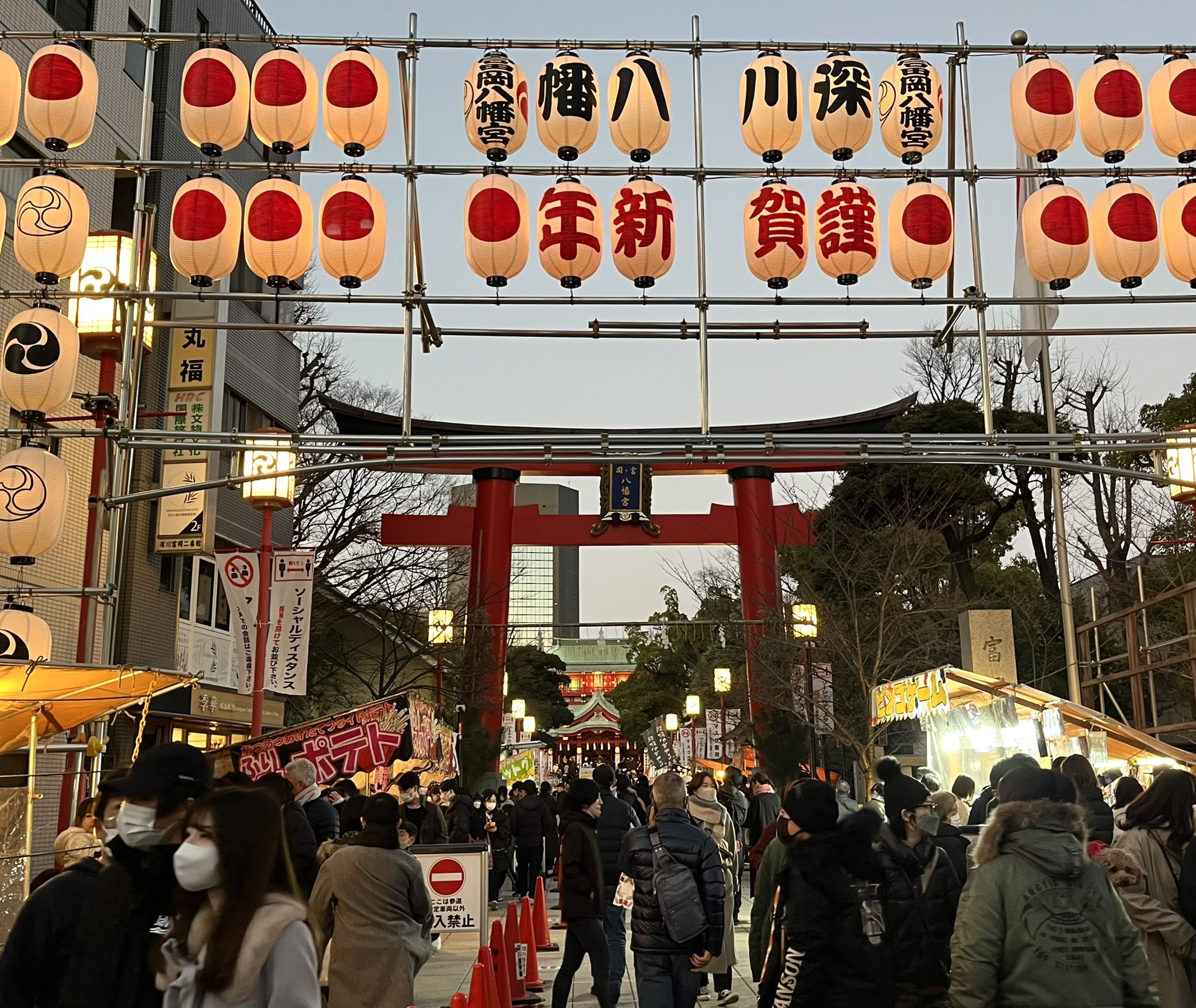
New Year’s visit to a shrine, known as “Hatsumode (初詣)”, is a time-honored tradition deeply rooted in Japanese culture. Have you ever wondered about the meaning and origins behind this practice?
Meaning of Hatsumode: Hatsumode refers to the tradition of making the first visit to a Shinto shrine or Buddhist temple at the beginning of the year to pray for happiness in the upcoming year. It is also called “Hajimemairi,” meaning the first visit.
Origins of Hatsumode: The roots of Hatsumode can be traced back to the Heian period and the custom known as “Toshigomori” or “Year Confinement.” Toshigomori involved the heads of households in the local community staying overnight at the shrine on New Year’s Eve, praying throughout the night for a bountiful harvest and safety in the coming year. Over time, this practice evolved into two separate rituals: “Joyama Mairi” on New Year’s Eve and “Gantan Mairi” on New Year’s Day.
During the Edo period, the New Year’s Day visit was also known as “Ehōmairi,” and people would visit a shrine located in the auspicious direction for the year.
The concept of “Ehō” refers to the auspicious direction for the year, determined by the combination of the Chinese zodiac signs (Rat, Cow, Tiger, etc.) and the Heavenly Stems (Ki, Hi, Tsuchi, etc.), resulting in a total of 60 possible directions.
As time passed, the practice of New Year’s Day visits became more prominent, and people started choosing shrines and temples based on personal preferences rather than the auspicious direction.
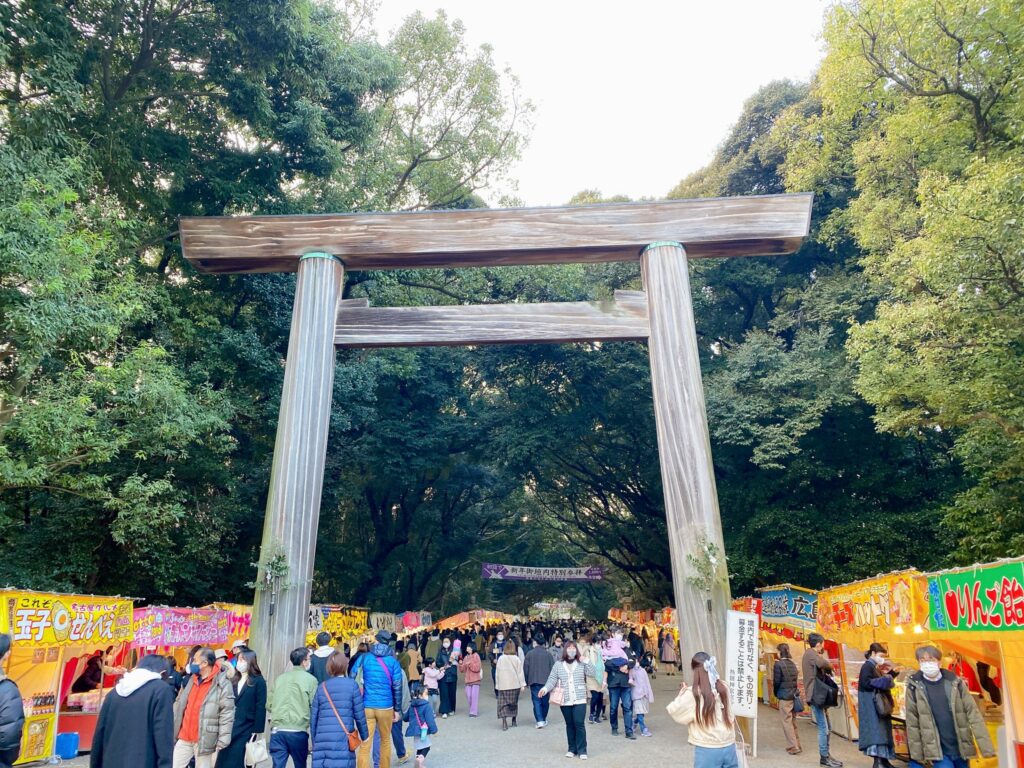
Do you know the proper way to conduct Hatsumode?
1: Purification at the Chozuya (Water Basin): Consider the shrine as the dwelling place of the deity. Bow respectfully at the torii gate, remove your hat and scarf, and enter the precincts. At the chozuya, purify your hands and mouth following these steps:
- [1] Hold the ladle in your right hand and wash your left hand.
- [2] Switch the ladle to your left hand and wash your right hand.
- [3] Switch the ladle back to your right hand, cup water in your left hand, and rinse your mouth without touching the ladle to your lips.
- [4] Wash the palm of your left hand.
- [5] Hold the ladle vertically, pour water over the handle, and return it to its original position.
- Repeat steps [1] to [5] using one ladle of water.
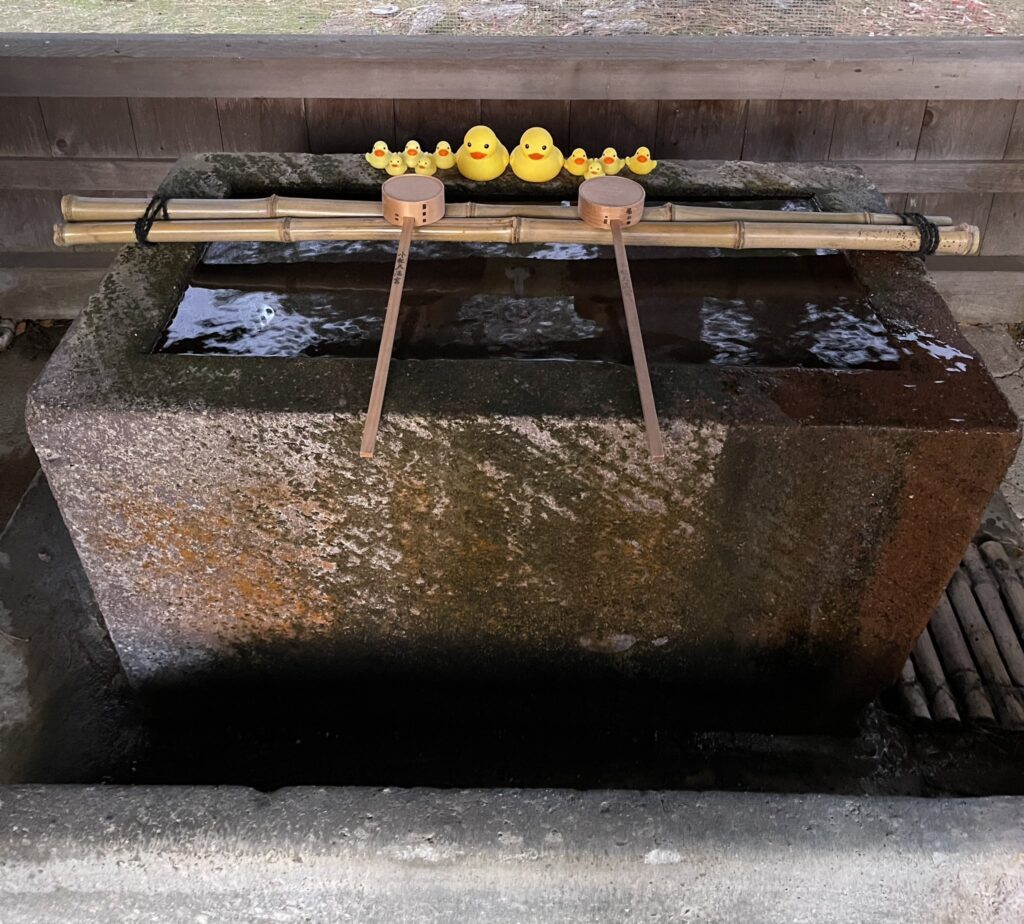
2: Offer Old Amulets and Prayers: Next, dedicate the amulets and charms from the previous year. The shrine will burn them for you. Ideally, return them to the shrine where you received them the previous year, but if that’s not possible, you can take them to a different shrine.
When removing the amulets from the home shrine, purify your hands and mouth first. Bow, express gratitude for the protection received over the past year, and then remove the amulets. When carrying them, wrap them in white paper or traditional washi paper.
3: Offer Prayers at the Main Hall: Now it’s time to offer prayers at the main hall. Here’s the procedure:
- [1] Stand facing the altar and straighten your posture.
- [2] Insert an offering into the offertory box.
- [3] Ring the bell.
- [4] Straighten your posture again.
- [5] Bow twice, clap your hands twice, bow once (known as “Nihai Nishu Ichi-hai”).
This sequence is for Shinto shrines. In Buddhist temples, there is no clapping; instead, you place your hands together in a prayer position.
After the visit, you can receive new amulets, charms, or draw omikuji (fortune slips). Many shrines also offer special New Year’s stamps, so it’s a good idea to bring a goshuincho (stamp book).
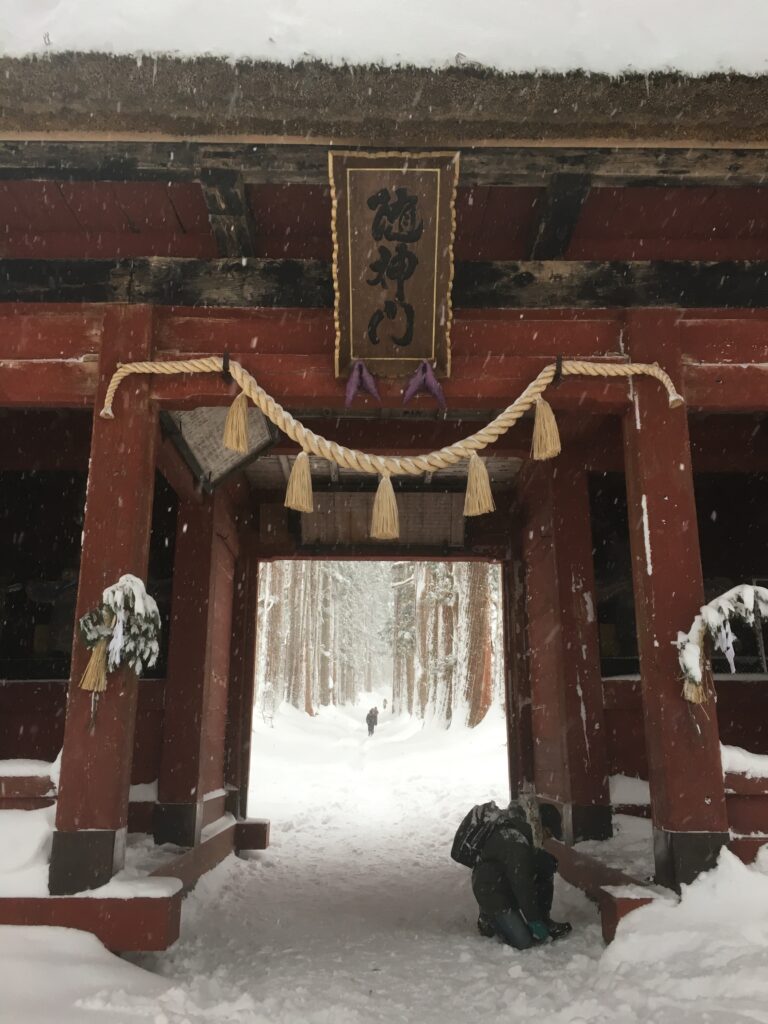
When to Go for Hatsumode: While many people visit shrines during the first three days of the New Year, it is acceptable to go up until the seventh or fifteenth day, known as “Matsunouchi.” Since Hatsumode marks the beginning of the year, it is advisable to complete the visit by mid-January.
About Omikuji: Omikuji are fortunes that predict the luck for the year. After drawing an omikuji, it’s common to tie it to a tree or designated area within the shrine according to the shrine’s rules. The practice of leaving the fortune behind is rooted in the belief that tying it symbolizes a connection between the person and the deity. However, some people prefer to keep good fortunes with them for added luck.
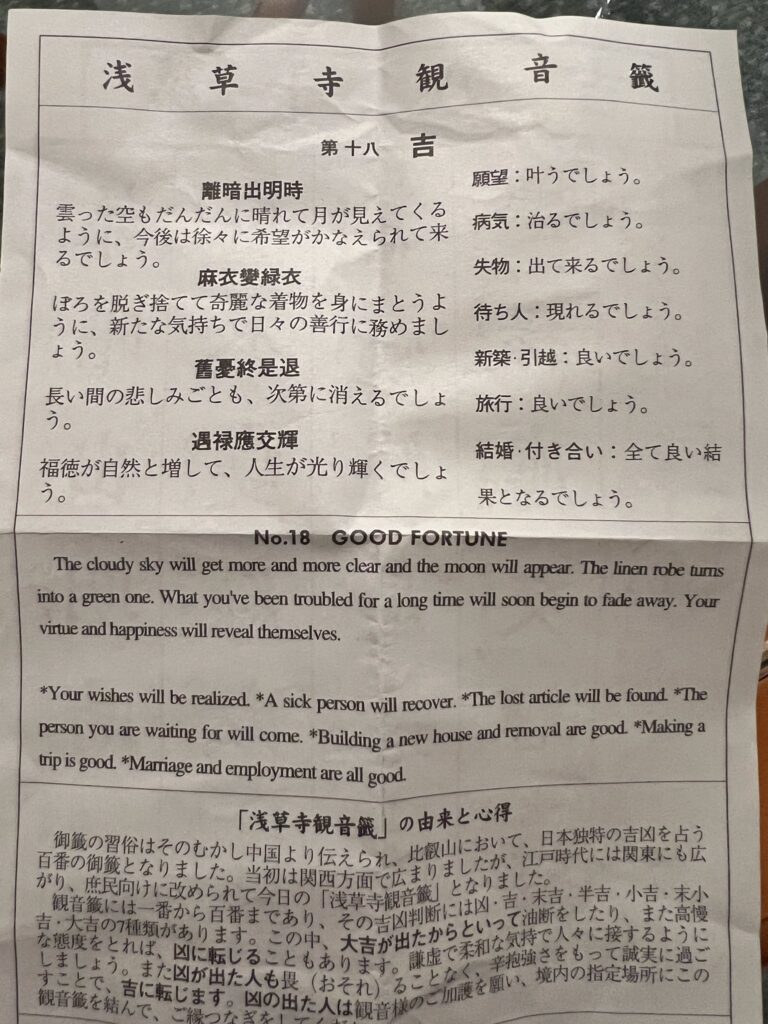
In conclusion, Hatsumode is a unique Japanese cultural tradition, symbolizing the joy of the new year and expressing wishes for happiness in the coming year.
